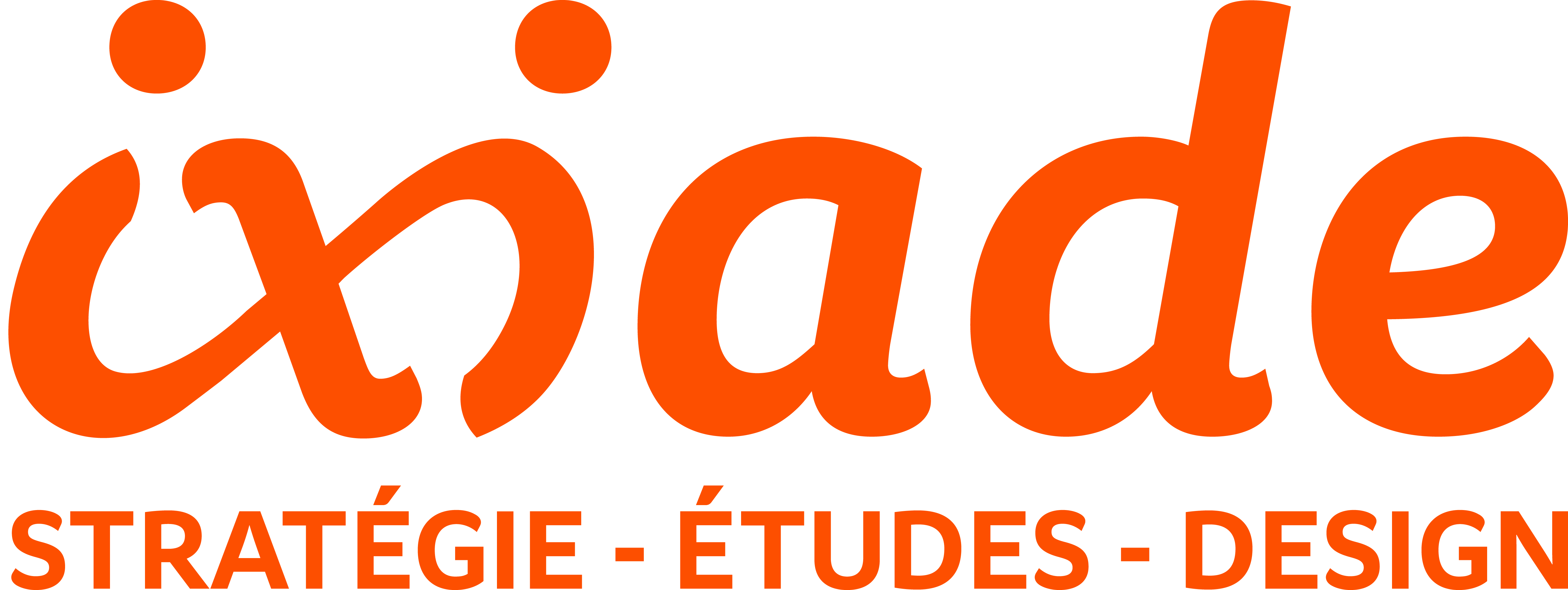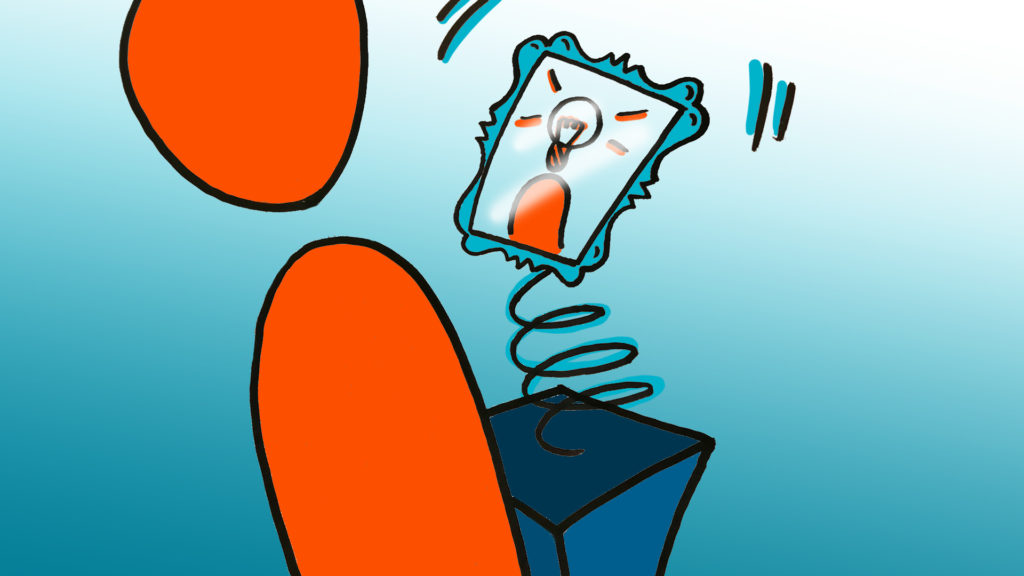Innovation and creativity are naturally strongly linked together, and they nowadays constitute one of the most crucial challenges for companies. Digital transformation has made us redesign the whole innovation process in which creativity has a key role: increasing awareness and knowledge about creativity in the company is a necessity. How to bring creativity in a digitalized world? By Doriane Simonnet, UX market researcher for Ixiade.
What are the key points of creativity?
Let’s keep in mind that everybody is able to be creative. For some of us, the word may still carry a meaning associated with some sort of artistic eccentricity that does not fit our personality, but let’s not stay stuck with the “not-for-me” syndrome. Individuals have different personality traits that are linked with creativity – such as risk taking or open mindedness – but at the end of the day, everyone is able to produce ideas, and collaboration between people with different profiles even contributes to enhance creativity. Furthermore, creativity is not just about being able to produce ideas: the most important point is to find the relevant questions that must be asked in order to finally find a solution to a problem. See, it does not only take a fertile imagination, but also that analytic mindset we may find our self more comfortable with. Another key point is the balance between knowledge and out-of-the-box thinking. The expertise in a domain is both benefic and problematic: knowledge is important to be creative, but, at the same time, the more experts there are, the more difficult it might be to put things into perspective, to be able to look at things from a different point of view. Magic happens when both are well-dosed and well-articulated.
What has changed with digitalization?
One of the changes digitalization has brought is that every product is meant to be regularly updated. Therefore, the design phase never ends, and the product is never really finished. In that logic, feedback from users matter maybe more than ever as it is technically easy to get them, and they are expected to be taken into account. And it has to be seen as nothing but positive challenging opportunities. With digitalization comes along a broad range of possibilities for creating design circles that include a lot of data collection from users. It often comes in the form of communities gathered around a brand or a specific product that can produce useful and creative insights before or after the product is launched. In that context, data are massive, rich and critical, ideas are more numerous and diverse and design phases are quicker. To sum up, the whole design circle is being disrupted by the users being an active part of a never-ending ideation process.
What can companies do to boost creativity?
In this digitalization context, companies need to create and maintain a whole innovation culture that does not remain restricted to one specific department. The chances for this to be efficient are increased if we adopt a management that is oriented towards trust and collaboration, and if we reach for diversity, flexibility and communication between teams. We will also need to use the right tools and the right methods, that are numerous. We may try the Creative Problem Solving (CPS) method that consists in alternating divergent and convergent phases, the first ones being dedicated to a broad production of ideas, and the second ones to going back to the problem that needs to be solved with those ideas. There is also the C-K theory that is articulated around the knowledge vs. out-of-the-box thinking issue. Whichever the chosen method, it is necessary to ensure a listening and respectful mindset and to not hesitate to test different methods and to apply them with several groups of people to build our own creativity experience.

